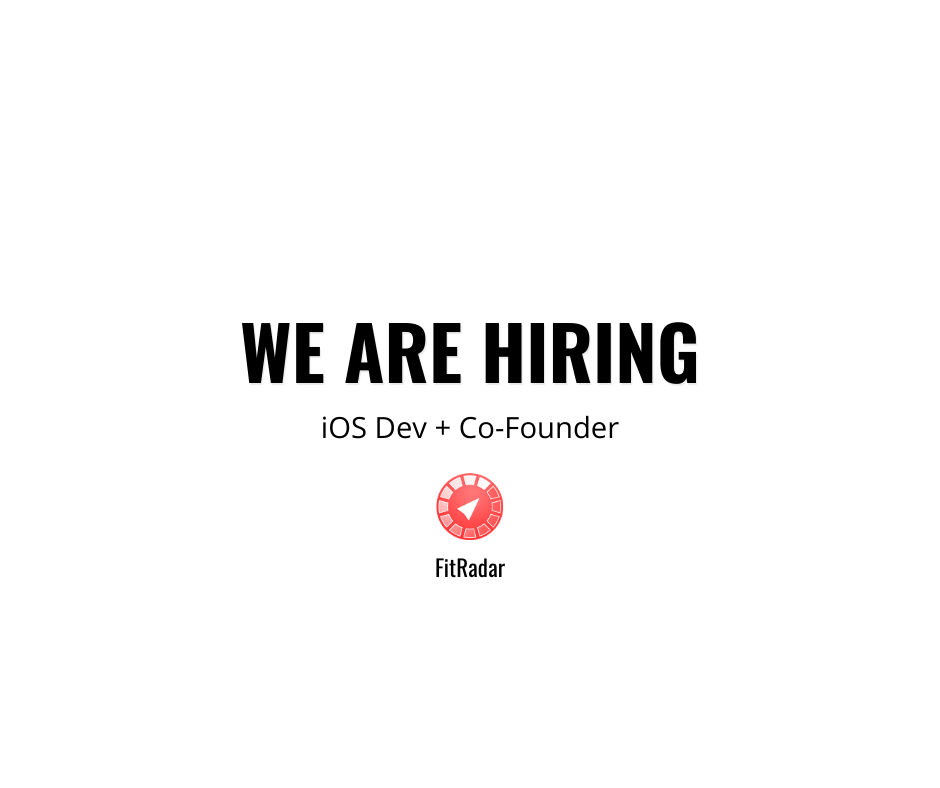
Hi ! My name is Dmitrijs Beloborodovs
Fitness become one of the buzzwords along with bitcoin or соvid. The first should eventually stop jumping up and down, the second should go away, yet fitness must stay forever. It is crucial to find a good personal trainer to have a smooth start and keep going for a long time. There is something that might help you with that.
Recently I joined a FitRadar team to help with mobile app development. What is a FitRadar (https://fitradar.me) in a nutshell? Briefly: we bring trainers and audience together. Today, your service must be available via different channels: website, integrated in social media and of course, has its own mobile app. A mobile device knows quite much information about you and your habits: your location, language preferences, your schedule and sometimes even specific health metrics (HealthKit is a good example). In other words, it knows enough to propose you a best fitness trainer or sport community in your area, with respect to your timetable, interest or by your friends recommendation. When you start building something great like this, you want to be sure are are building on solid foundation. Here is the first question you might want to evaluate:
Should I go cross platform or native?
Crossplatform solutions (i.e. Flutter, React Native) might look attractive initially, yet brings problems later: super long polishing to achieve smooth and nice UI/UX to mimic platform (all those bounces and responsiveness, etc) and hard path of integration with platform native hardware (location, calendar, etc). So, for us, answer is go 100% native. Stay tuned to know how well we managed to achieve a primary goal of our mobile app — bring nice experience of finding a sport fo your dreams.
Visit our website: https://www.fitradar.me/ and join the mailing list. Our app is coming soon!
P.S. Source: https://medium.com/@dmi3j/fitness-and-mobile-app-3dca370d8e10




